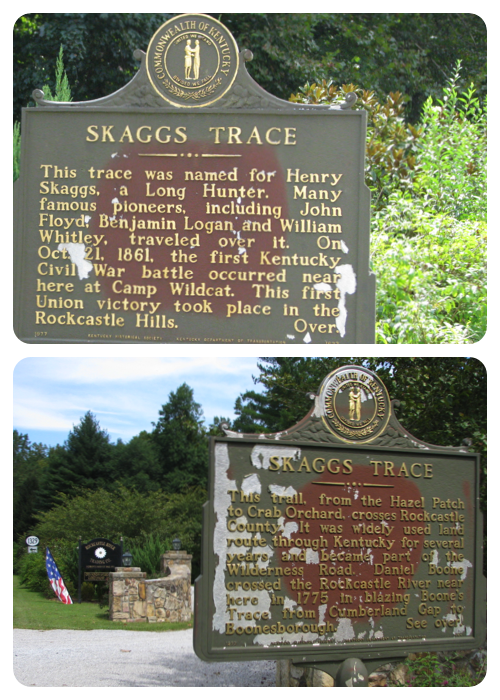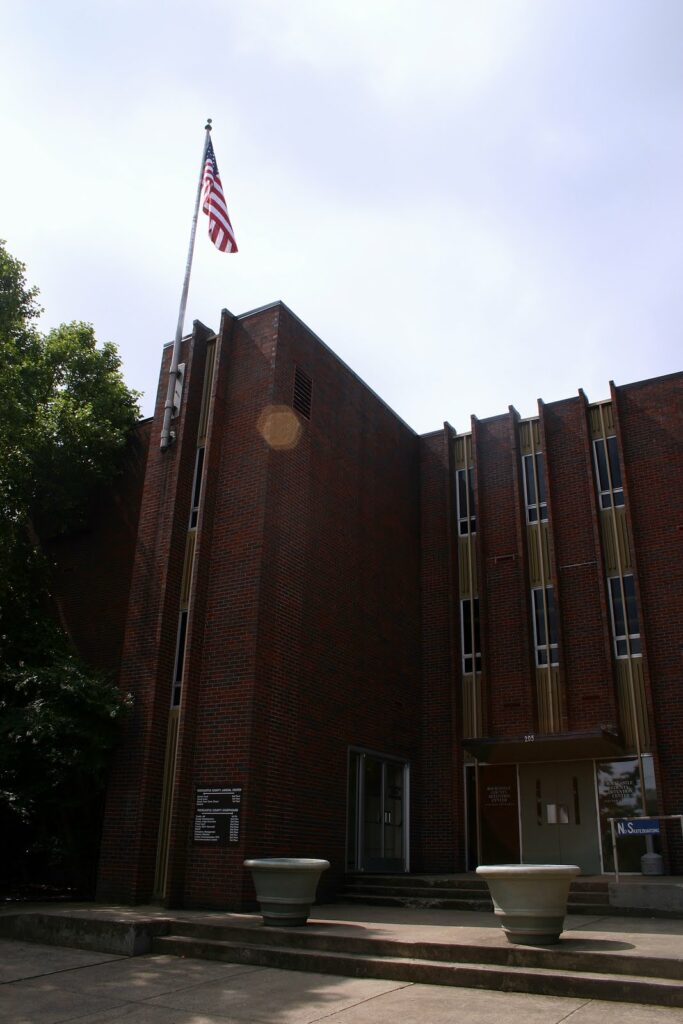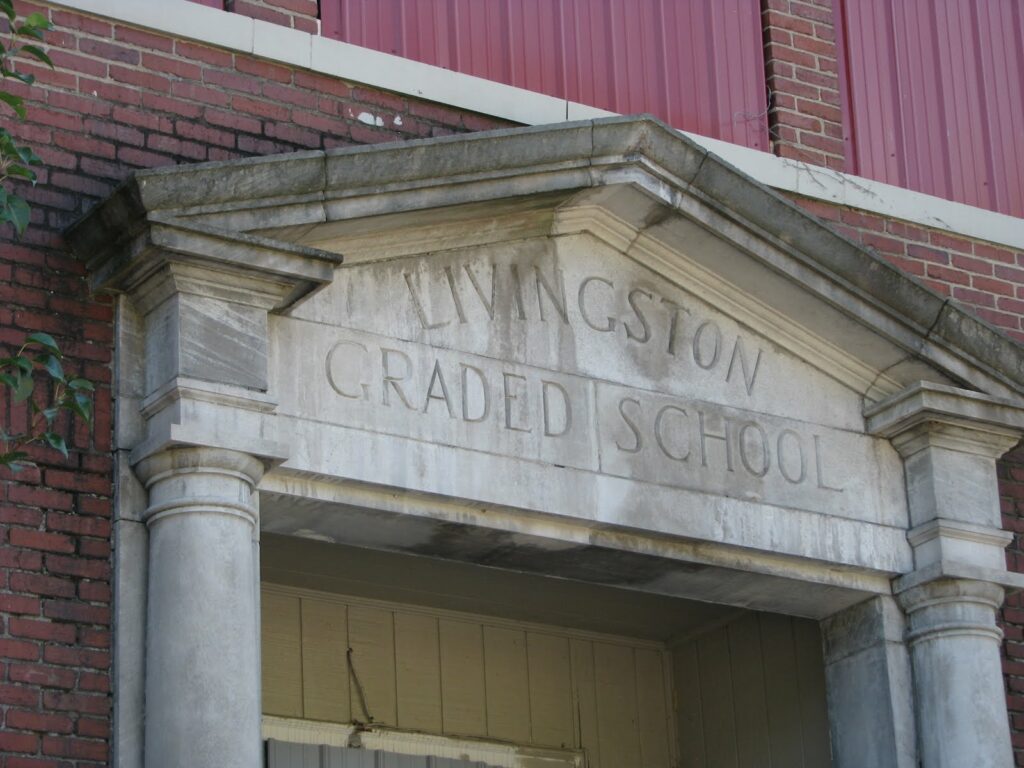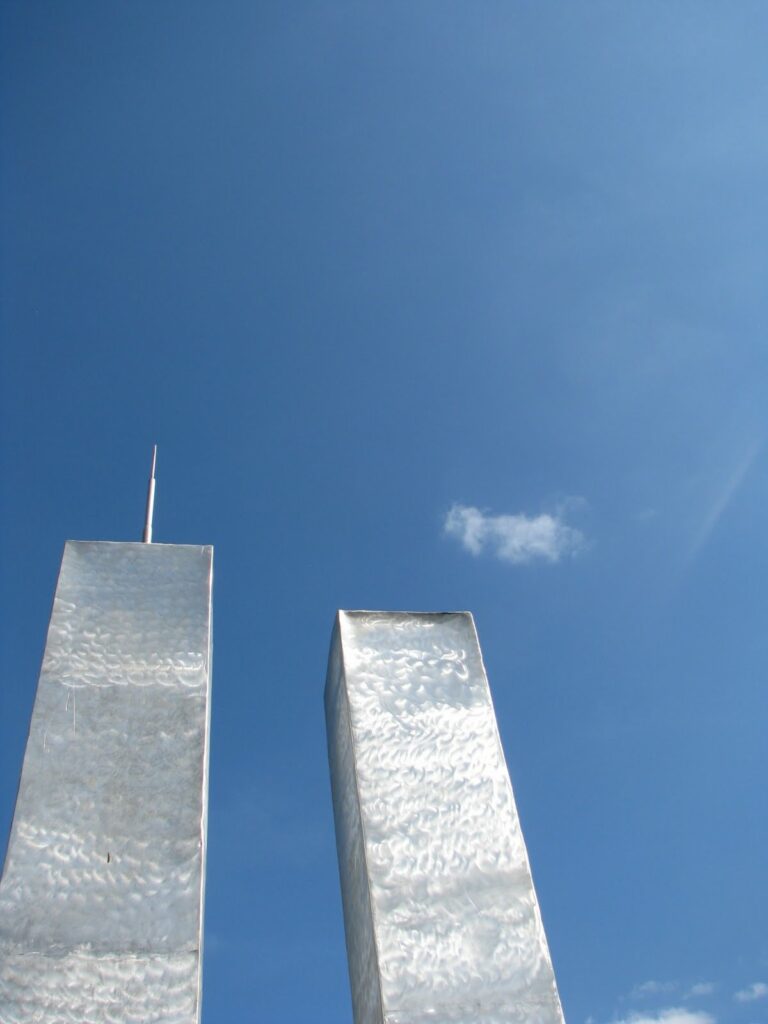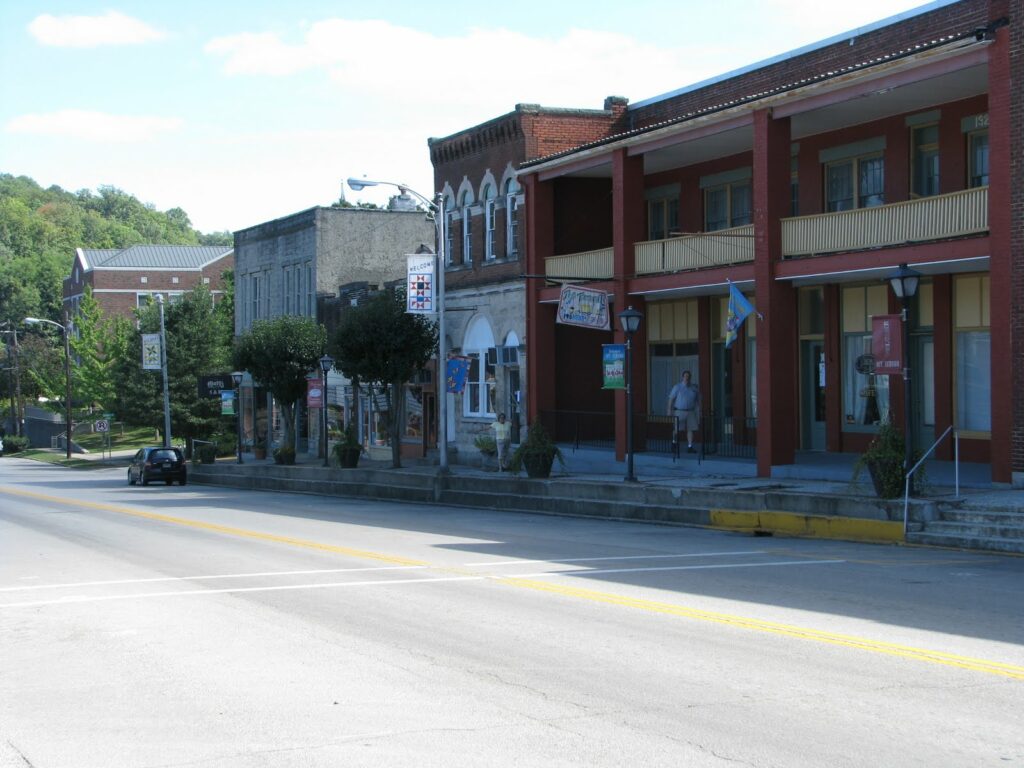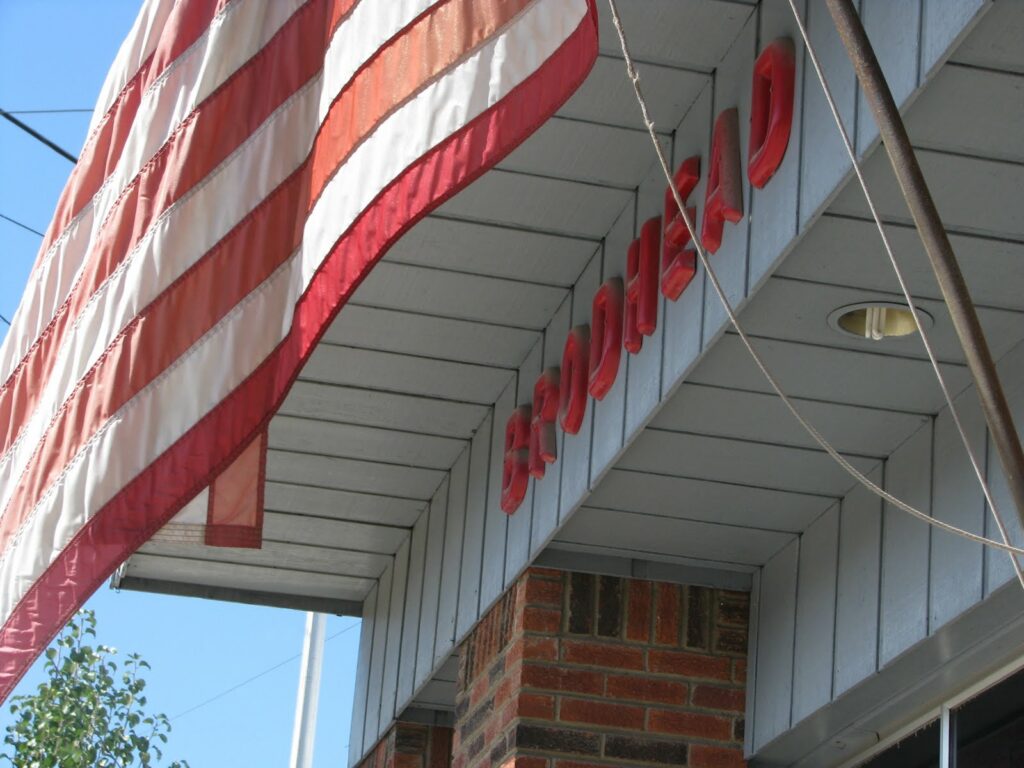It was my senior year of high school when a friend alerted me that a plane had struck one of the World Trade Center towers in New York. A few years earlier, that same friend and I had travelled to NYC. Though we didn’t ascend the twin towers on that trip, the iconic structures towered over other skyscrapers so that if you saw them then you would be able to figure out your bearings.
A few years before that trip, I remember walking the underground shops stories below the 110-story skyscrapers. September 11 was emotional for all Americans and we will not forget the tragedy of that day.
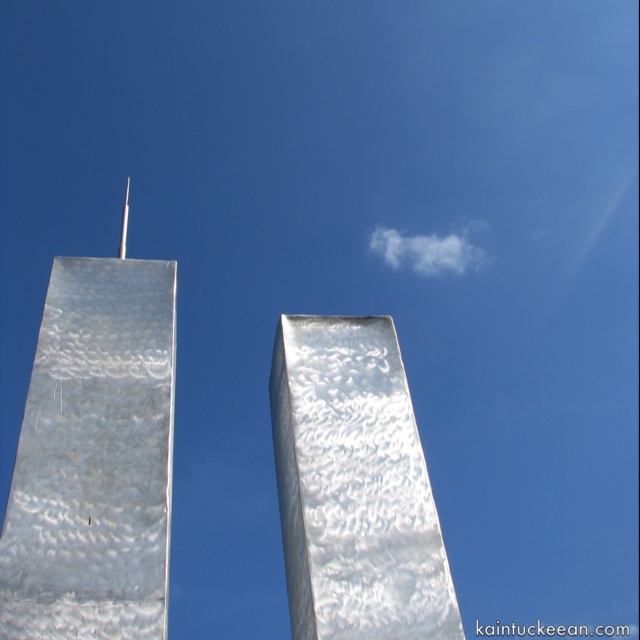
After 9/11, country musicians quickly wrote new songs. Some embraced a militaristic perspective, suggesting that the “American Way” was “putting a boot in your ass.” (Toby Keith). Others recognized the importance of the moment – like Pearl Harbor or the JFK assassinations for earlier generations – where all would remember where they were “when the world stopped turning, that September Day.” (Alan Jackson).
I was 18 – a senior in high school at Lexington Christian Academy. Between first and second periods, I dismissed my friend’s comment about a plane hitting WTC as probably just another accident. I thought of the Cessna that had hit the White House in 1994.
By the time I arrived in my second period class, the south tower had been struck by United Flight 175. I knew then that America was under attack and that this was no small accident. In horror, I sat in a classroom of scared 17 and 18 year olds as we collectively watched the south tower fall.
Some of us thought of a military response and were concerned about the return of the draft; several in my class have served in the years since 9/11.
Our school did not close on 9/11. A few teachers maintained ordinary class schedules, but the day was anything but ordinary. As you can image, a lot of prayers were offered. It was a day I will never forget.
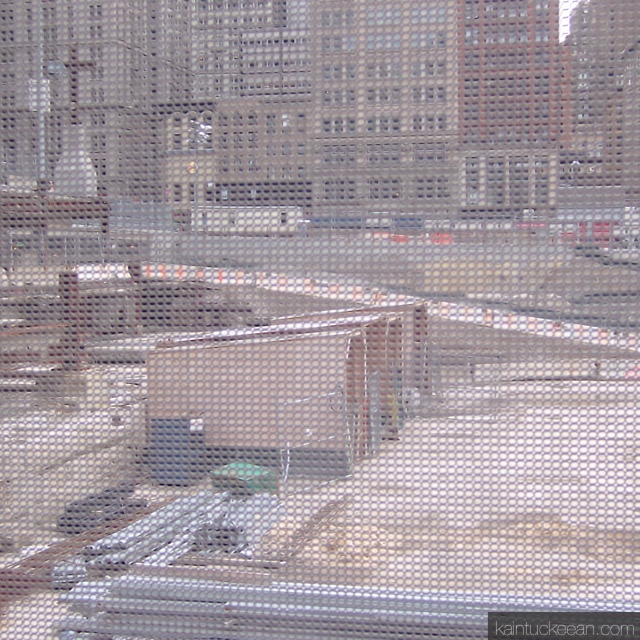
In 2004, Mrs. Kaintuckeean and I visited NYC. During our trip, we stopped by Ground Zero. During law school, I twice ventured to New York City with a classmate (NRK, who helped me to get Kaintuckeean off the ground and remains a contributor). On each of those trips, we checked in on the progress at Ground Zero. By 2009, significant progress was underway on the One World Trade Center (construction took place from 2006 to 2013), but that was my last visit to New York.
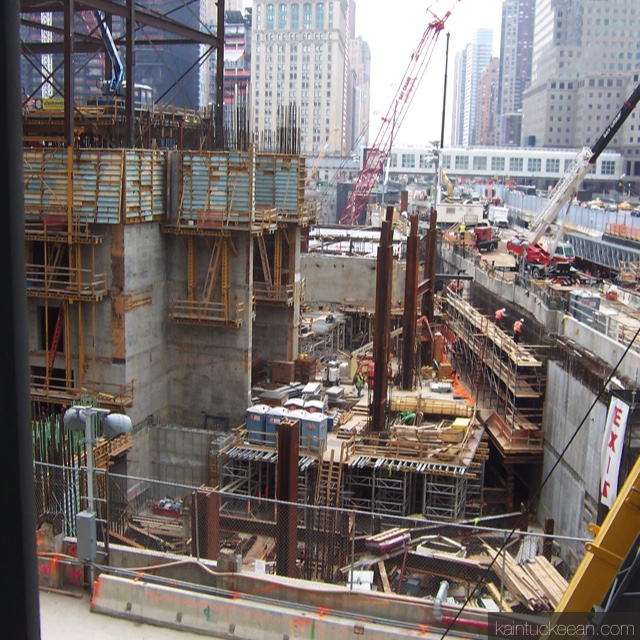
But one of my other memories of New York City’s World Trade Center was found along a country road in Rockcastle County later in 2009. I happened upon the sleepy town of Livingston (which has since been reborn as a Trail Town) where a now-gone memorial to the twin towers took my breath away. I paused and remembered.
Today, we all will again pause and remember. #NeverForget
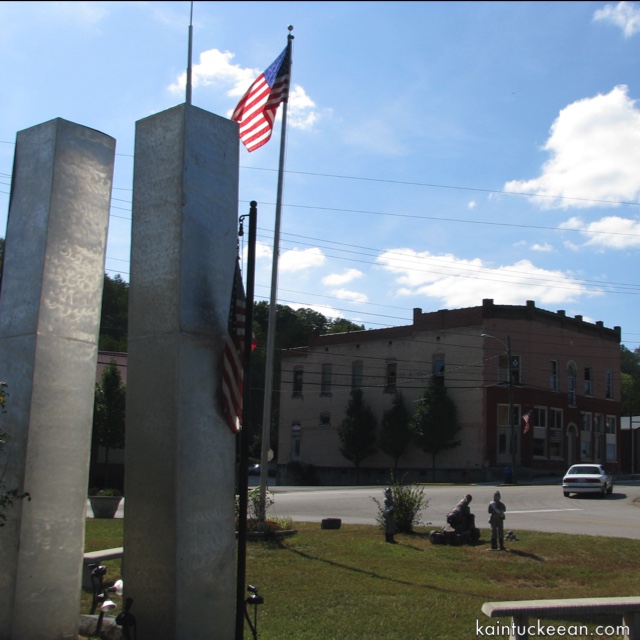
* The first picture above is also of the 9/11 Memorial that was once in Livingston. This post combines two earlier post about 9/11.





